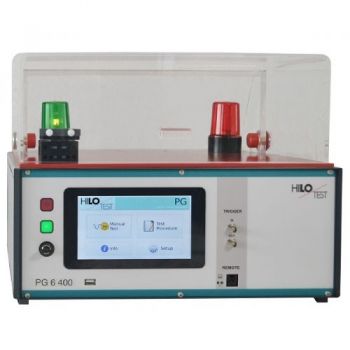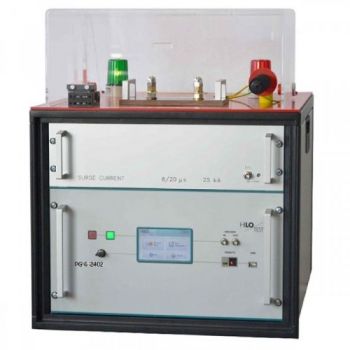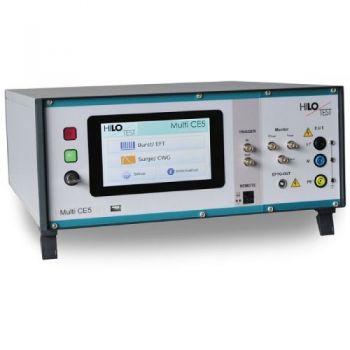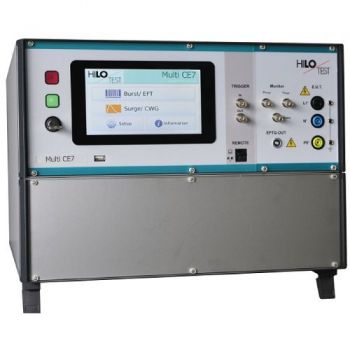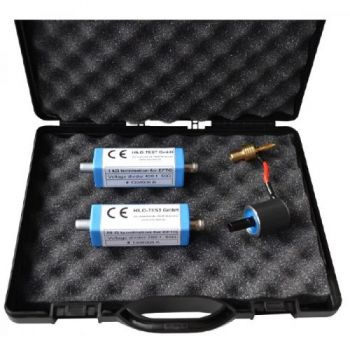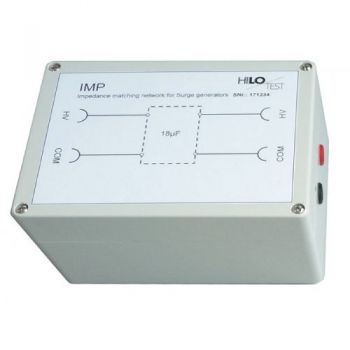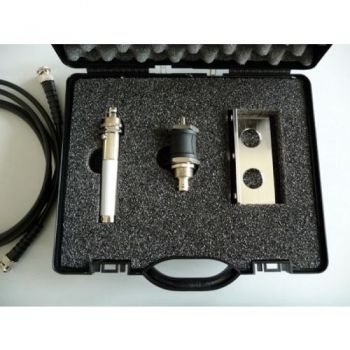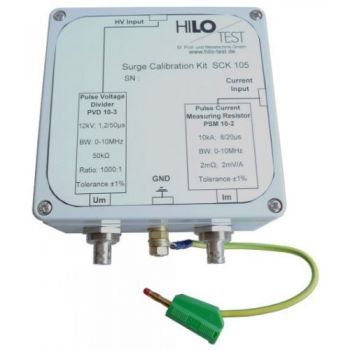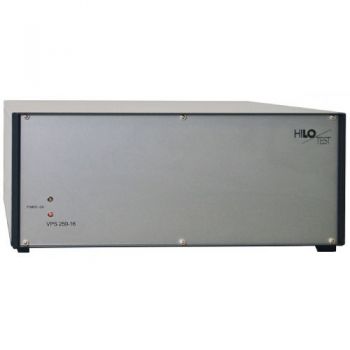Products
The high current pulse generators PG 6-400 / PG 6-200 are designed for surge testing of electrical components, over-voltage protectors and electronic circuits acc. to IEC, VDE etc. They generate standard impulse currents with waveform 8/20 µs. Short circuit output current amplitude is selectable from 0.2 up to 10 kA by adjustment of the charging voltage of the internal energy storage capacitor.
Discontinued - See EMC 2015
The high-current pulse generator PG 6-2402 is designed for surge current testing of electrical components, over-voltage protectors and electronic circuits acc. to IEC, VDE etc. It generates standard impulse currents with waveform 8/20?s. Pulse current output amplitude can be set to 2 - 50 kA.
The Electrical Fast Transient Generator EFTG-CE5 is a compact EMC test unit for testing electromagnetic immunity against electrical fast transients. The generator provides burst-pulses, which are adjustable in frequency, amplitude, duration and repetition rate. It is suitable to test the susceptibility levels of electrical systems and installations full compliant to IEC 61000-4-4.
The CWG-CE5 is a compact EMC test unit designed for testing electromagnetic immunity against pulsed and conducted interference. Demonstrating such immunity is generally a requirement for compliance with the European EMC directive, a necessary step leading to the CE mark.
The Combination Wave Generator CWG-CE7 is a combined impulse-current-/impulse-voltage generator which, for high-impedance loads, RL > 100?, delivers a standard impulse voltage with waveform 1.2/50?s and, for short-circuited output, a standard impulse current with waveform 8/20?s.
The Burst Calibration Kit has been designed to measure the pulse output voltage and the pulse output current of burst generators, e.g. the EFTG-CE5 or the burst generator sub-unit of the Multi-CE5. It essentially consists of a load resistor, a pulse voltage divider, and a double-shielded coaxial cable. ? Burst Calibration Kit ? Input voltage: 5 kV ? Ratio, 200/400:1 ? Bandwidth: 400 MHz
The external impedance IMP8 is the impedance, required for the pulse specifications according to standard IEC 61000-4-5 Ed.3, for measuring the pulse output voltage of surge generators.
The Surge Calibration Kit has been designed to measure the pulse output voltage and the pulse output current of surge generators, e.g. a combination wave generator. It essentially consists of a pulse voltage divider, a pulse current measuring resistor, and a double-shielded coaxial cable.
The Surge Calibration Kit has been designed to measure the pulse output voltage and the pulse output current of surge generators, e.g. a combination wave generator. It essentially consists of a pulse voltage divider, a pulse current measuring resistor, and a double-shielded coaxial cable. The unit is easy to connect and use for everyday pulse verification.
Motor-driven variable transformer, controlled by Multi-CE5 or Multi-CE7, used for power supply variation acc. to IEC 61000-4-11 and setting current for IEC 61000-4-8 Magnetic fields

